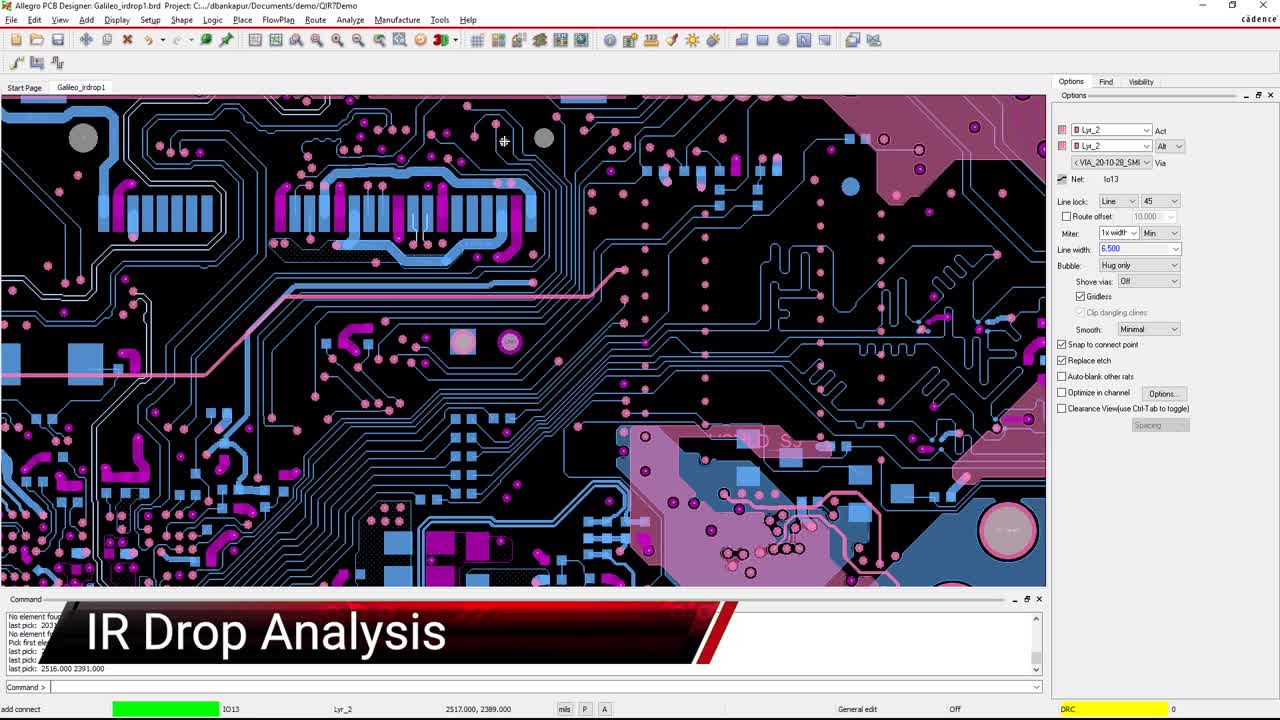LC Filter for Power Supply Design Tips
Key Takeaways
-
Understand the basics of an LC filter.
-
Learn why an LC filter for a power supply is important.
-
Pick up tips for designing a power supply LC filter.
AC noise affects the precision, stability, and functionality of various components.
I have always assumed that high-quality coffee beans and an expensive coffee machine are all it takes to make the perfect espresso. After watching a world-class barista in action, I realized I was wrong. Apart from the sublime techniques, the water filter determines the end result of the espresso.
Witnessing this master was eye-opening in terms of how meticulous you need to be to make a perfect cup of coffee. The experience also highlights a similar and often overlooked aspect when designing a power supply. There might be no water filter involved, but you will need to place an LC filter for the power supply.

What is an LC Filter?
If you need a basic refresher, an LC filter is a low pass filter built with an inductor and capacitor. It is meant to prevent certain high-frequency AC components from passing through the circuit. Here’s a typical arrangement of an LC filter.
A basic LC low pass filter circuit schematic.
At higher frequencies, the inductor acts as a choke, which blocks AC components from passing through. Meanwhile, the capacitor’s impedance decreases and forms a pathway for high-frequency components to pass through. The idea of the LC filter is to prevent high-frequency AC components from flowing to the load.
Why Do You Need an LC Filter for Power Supply?
In an ideal world, the voltage from the output of a DC power supply is a perfect horizontal line when observed on an oscilloscope. However, the world is far from ideal and the voltage is never a perfect line.
The DC power supply is susceptible to AC ripple and noise and even more so for a switching power regulator. The switching and transition frequency produces ripples above 500 kHz, which are often coupled to the output voltage. Even if you’re sticking with a linear regulator, you’ll also have AC components from the mains frequency or digital interference.
Just like how unfiltered water could ruin a cup of espresso, the AC ripple that bleeds into the regulator output could affect system functionality. Modules like ADC, DAC, and Op-amps are particularly sensitive to AC noise on the power supply. The accuracy of these modules can be compromised, and in some instances, the components may fail to function correctly.
Power supply noise doesn’t only affect analog parts. In one study, it was found that power supply noise reduces the clock frequency of a high-speed microprocessor by 6.7%. Even if the circuit could tolerate the AC noise, it can still be radiated as EMI and affect other electronic products.
Power Supply LC Filter Design Tips
Take my word that power supply noise is annoyingly disruptive. You can’t predict how and when it will affect the circuit. Unlike a badly-made cup of coffee, the implications of power supply noise disrupting systems in the field are much larger.
Therefore, you’ll want to ensure that the power supply is designed with an LC low pass filter. Here are some tips for proper implementation:
Positioning
Naturally, you’ll think of placing the LC filter between the output of the regulator and the load. While there’s nothing wrong with that placement, you can achieve better noise reduction by placing the LC filter at the input if you’re using a buck regulator.
For buck regulators, most of the noise stems from switching transition at the input. Adding an LC filter at the input results in greater suppression.
Low ESR and ESL Capacitors
To suppress high-frequency noise efficiently, you’ll want to opt for a capacitor with low ESR and ESL value. If it’s hard to achieve, consider using two capacitors in parallel for a lower combined ESR and ESL value.
Use low ESR/ESL electrolytic capacitors.
LC Values
Choosing the value of the inductor and capacitor seems to be a simple process. After all, what could go wrong with abiding by the following formula?
f = 1 / (2π √LC)
However, there’s much more than putting together two passive components to block high-frequency noise. For a start, you’ll want to choose an inductor with a considerably higher value than the inductance in series to the power supply.
Match it with the appropriate capacitor value to get the resonance frequency.
You’ll want to be wary of an underdamped response of the LC filter as it could result in peak amplitude at the frequency. To prevent peaking, a parallel damping RC element is added to the LC filter.
It helps if you’re able to simulate the LC filter with an industry-leading PCB design and analysis software. OrCAD PCB Designer provides the layout needed to create your circuits and pairs well with PSpice to ensure the LC filter’s response is critically damped and attenuates the right frequencies.
If you’re looking to learn more about how Cadence has the solution for you, talk to us and our team of experts. You can also visit our YouTube channel for videos about Simulation and System Analysis as well as check out what’s new with our suite of design and analysis tools.